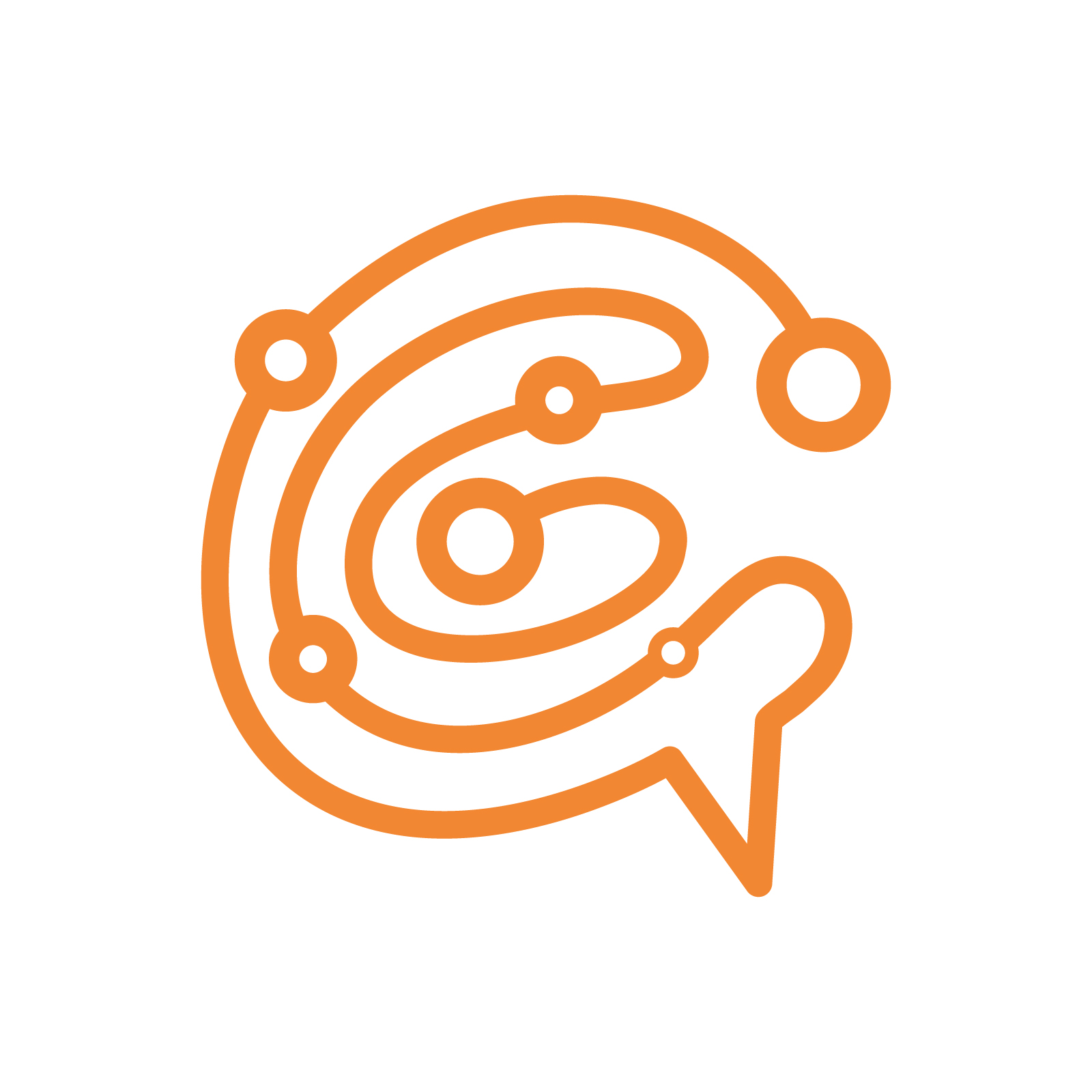Demystifying Translation Pricing and Maximizing Your ROI on Professional Language Services
The translation industry has faced significant downward pressure on pricing, often due to end clients scrutinizing translation as a line item in financial reports without fully understanding its value. For those outside content creation, seeing translation costs can often result in sticker shock, with cheaper, automated solutions seeming like an attractive alternative.
However, professional translation offers nuanced quality and reliability that automated solutions simply can’t match. Here, we’ll break down how professional translation companies structure their pricing and why, ultimately, their services may be more cost-effective than they first appear.
—
What You’re Really Paying For in Per-Word Charges
In the language industry, pricing is typically based on a per-word model. Let’s explore what’s included in this rate and how translation companies—such as 360 Smart Lingo—determine these costs.
The per-word pricing is based on the source word count, which is the number of words in the original document. Using specialized technology, known as CAT (Computer-Assisted Translation) tools, translation companies can analyze and break down your document into segments of text, counting words more accurately than standard tools like Microsoft Word. Beyond word counts, CAT tools also recognize repetitions and matches from previous translations stored in a Translation Memory (TM), a repository of previously translated content. This setup can lead to cost savings, as translations for repeated segments or exact matches are billed at reduced rates.
Understanding the Translation Memory and Word Count Analysis
Translation Memory (TM) technology enables a structured comparison of your document against previously translated content. Each document segment is compared to the TM, categorizing text into various levels of match based on similarity percentages:
– New Content (0-54%): Content requiring fresh translation.
– Partial Matches (55-99%): Previously translated text segments that partially match the current document.
– Repetitions and Exact Matches (100% or 101%): Identical text segments from previous translations, which can be billed at a reduced rate.
The categories—and their respective rates—vary by provider, giving you more control over costs when leveraged effectively.
Key Questions to Ask Your Provider
To maximize your investment in professional translation services, ask your provider the following questions:
- Can you document your pricing ranges and provide an analysis for each project?
– A transparent breakdown of charges allows you to see where potential savings exist.
- Can we receive a copy of our Translation Memory after each project?
– Access to your TM ensures consistency and can be leveraged in future translations.
- Will you provide our terminology repository for each project?
– A consistent terminology repository enhances brand voice and accuracy across all translated content.
- Are there additional charges beyond the per-word rate?
– Clarify any fees, such as project management or formatting charges, to manage budgets more effectively.
By understanding these aspects of translation pricing, you can better assess the true value of professional services versus automated solutions. Armed with this knowledge and these questions, you’ll be prepared to optimize costs and enhance quality when working with a translation provider.
Happy Shopping—and Translating!






